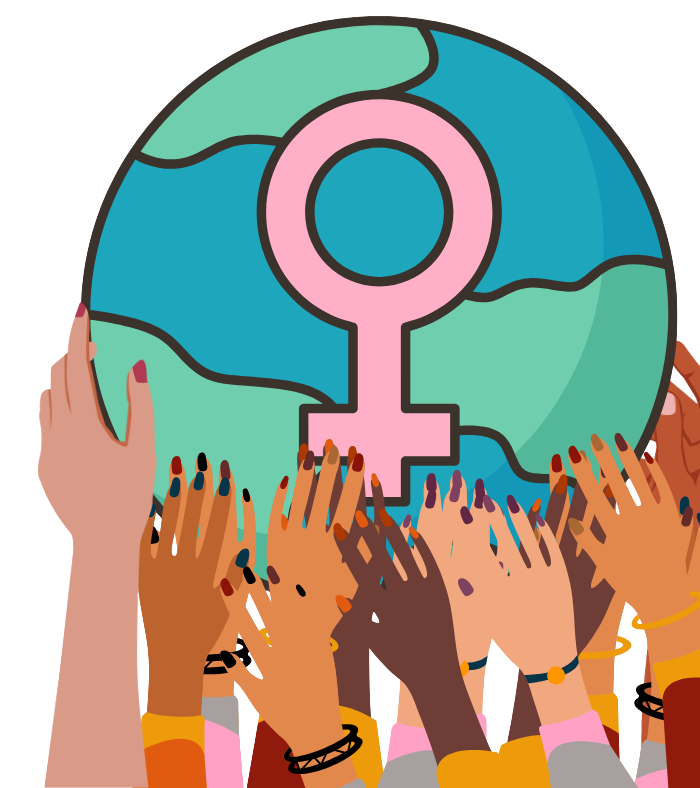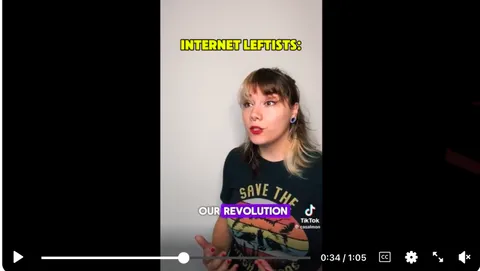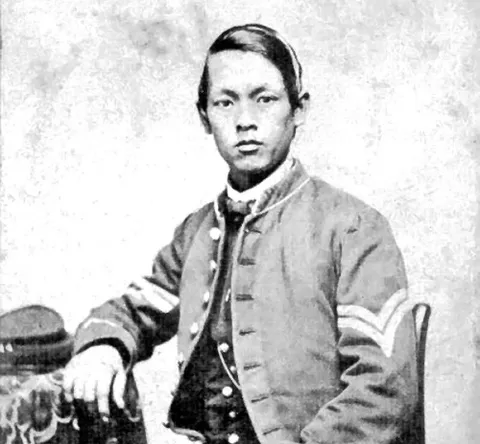On social media, there were complaints that the April 19 #NoKings protest was not a “real.” Doc Yggdrasil on BlueSky shared some needed levity:
“Our Army spends months training people for that situation and then they are very careful to commit green troops to easy engagements so they can develop experience when they “See the Elephant.”. Are any of these people prepared to die and watch their family members die? NO! So don't demand that of them. The little 4-year-old that's holding the "He ruined Home Alone 2" sign, is she a pawn in your game of online activism chess?”
This weekend’s action, as reported by the Alt National Park Service’s social media, drew an estimated 4 million people nationwide—from small towns like Manitowoc to metropolises like New York City. These numbers are staggering, not least because they defied two forces: anemic corporate media coverage and a coordinated campaign of fear-mongering across the political spectrum, including baseless invocations of martial law. Not because martial law can’t happen, but this wouldn’t be the trigger. It’s a visceral reminder that people retain power, even when that power has been obscured by decades of institutional erosion.
Cynics dismiss the spirit of these protests as “not feeling like a protest.” But perhaps that’s the point. What we’re seeing isn’t just dissent—it’s community. In an era of alienation, that is a radical win.
Let’s contextualize this moment. Since 2000, for the first time in modern polling history, a plurality of Americans came to believe they had no agency to shape systemic change (Chomsky, 2003). This collapse didn’t happen in a vacuum. It was engineered—a product of the Southern Strategy’s racialized politics, turbocharged by the Telecommunications Act of 1996, which gutted media diversity and handed narrative control to a handful of oligarchs. The result? A public sphere where despair is profitable and solidarity is fragmented.
But rebuilding collective power takes time. Institutions aren’t forged in one election cycle or even two marches. They require trust, strategy, communication networks, and infrastructures of safety—all of which are works in progress. This isn’t Georgia, Gaza, or Serbia—romanticizing armed revolt here is not only disrespectful, but ignores both material realities and the moral cost of sending unprepared idealists into harm’s way. The goal isn’t martyrdom—it’s sustainable transformation.
History offers hard lessons. Take Seattle 1999: Thousands converged to protest the WHO, but the Black Bloc’s insular tactics—gas masks, vinegar-soaked bandanas, no communication with newcomers—left first-time protesters brutalized by rubber bullets and tear gas. Many never returned. A burgeoning leftist movement was demonized, and public trust in activism cratered.
What should we have learned from that? Righteous actions can backfire without intentionality.
I know this firsthand. By 1999, I’d been asked to leave two colleges for (dis)organizing. I have seen how movements fracture when they prioritize performative militance over collective care.
Revolutions aren’t built with a single ingredient. They’re slow-cooked—an alchemy of grassroots institutions, cultural shifts, and yes, protests that feel more like block parties than barricades. We didn’t fall into neoliberal decay overnight. We won’t climb out in a day either. But the seeds are there—in the teachers’ unions, care networks, and yes, these imperfect, joyous marches.
This is how we bake the cake.
We are 100% funded by readers like you. We are developing video programming, more podcasts, and our factual editorial reporting. Support feminist urbanism journalism by journalists who are feminist and urbanist!






